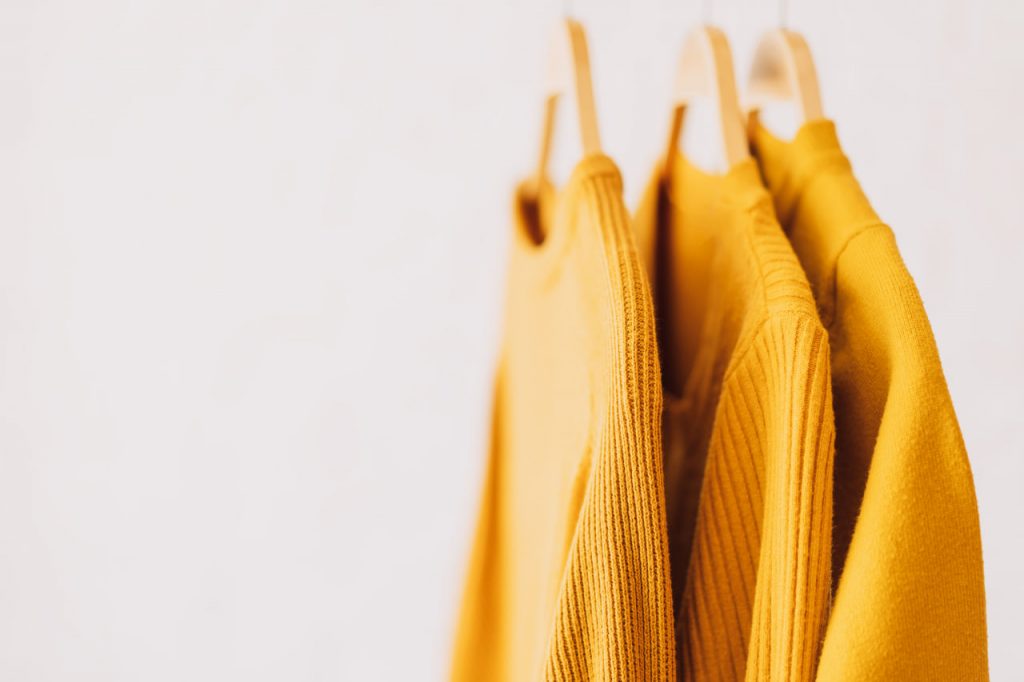When we talk about sustainable fashion, we often think about organic fabrics, ethical labor, or secondhand shopping. But one of the most powerful — and overlooked — parts of the process is color. Specifically, where it comes from, how it’s made, and what it costs — not just to us, but to the planet.
Most commercial dyes today are synthetic. They’re fast, cheap, and standardized. But they come at a high environmental price: toxic runoff into rivers, hazardous working conditions, and persistent pollutants that never fully break down. The colors may be bright, but the impact is dark.
That’s where natural dyeing offers an alternative. It’s not just a return to traditional methods — it’s a shift in values. Natural dyes are biodegradable, non-toxic, and often sourced from food or plant waste. They support a slower, more intentional way of working with textiles — one where you know what’s touching your skin and how it was made.
In our workshops, we guide students through this slower process. You won’t find neon pinks or chemically perfect tones. Instead, you’ll discover a palette shaped by the seasons, by your region, and by what’s in your compost bin. You’ll learn to see imperfection not as a flaw, but as character — a mark of handmade authenticity.
Natural dyeing also teaches patience. Plants need to be simmered, fabrics need to soak, and colors change with time. But in that slowness comes depth — of hue, of meaning, and of practice. When you dye your own garment, you’re not just making clothes. You’re making memories, creating rituals, and building a more conscious relationship with what you wear.
Slow fashion begins with small decisions. Choosing to color your wardrobe naturally is one of them. It’s a way to bring sustainability into your hands — one leaf, one stitch, one dye bath at a time.

